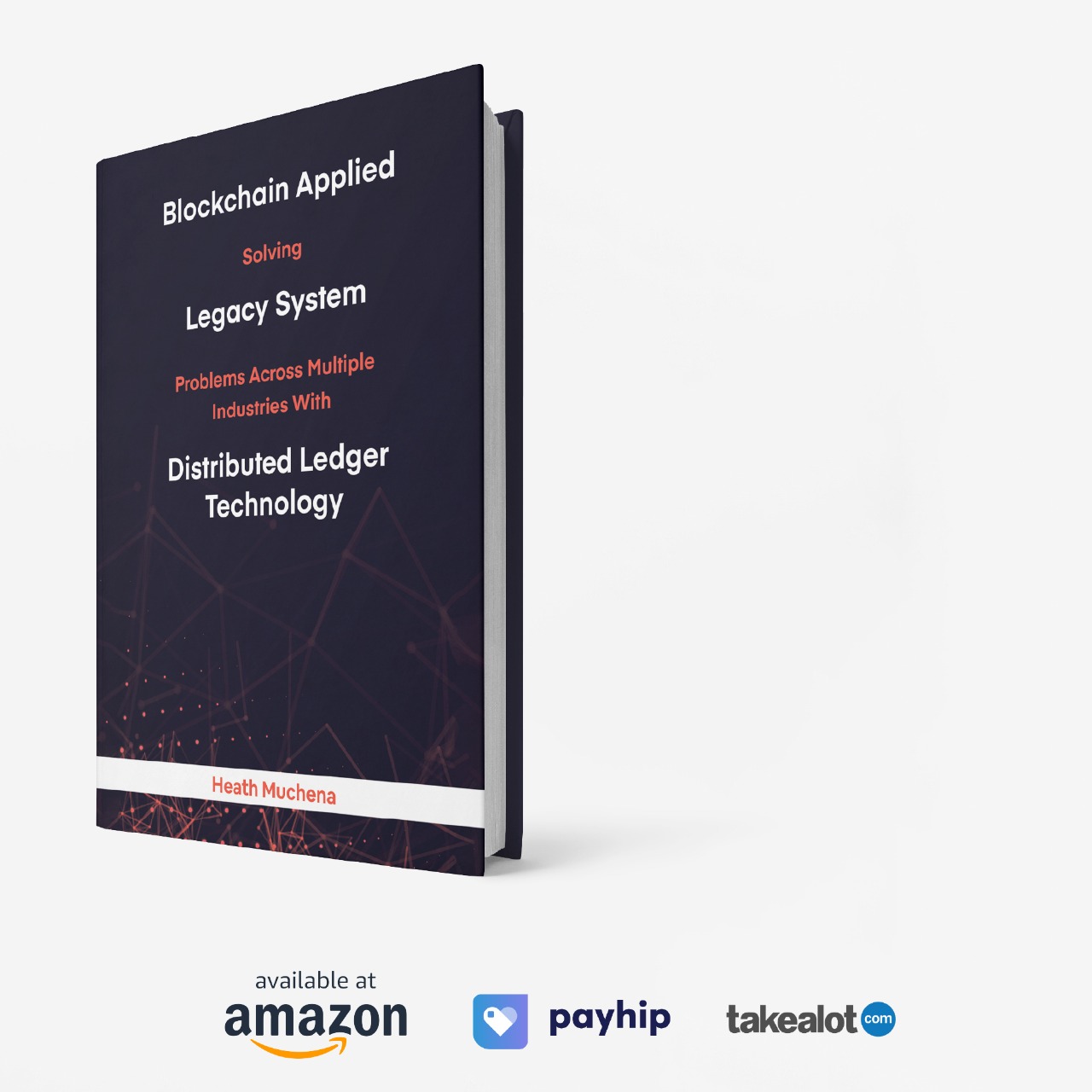
How Crypto Derivatives Drive Volume, Depth & Dominance
Liquidity Wars in Crypto Futures Markets.
What is Liquidity and Why It Matters
In crypto trading, liquidity means how easily assets can be bought or sold without significantly impacting the price. More liquidity = smoother execution = better market confidence.
- High liquidity: tight spreads, less slippage
- Low liquidity: wild price swings, poor execution
- Why it matters: Traders demand markets where they can enter and exit with precision—especially in leveraged derivative markets.
Order Book vs Liquidity Pool Depth: Key Differences
| Feature | Order Book (CEX) | Liquidity Pool (DEX) |
|---|---|---|
| Market Model | Centralized, bid/ask matching | Automated Market Maker (AMM) |
| Slippage Risk | Low (in deep books) | High in thin pools |
| Depth Transparency | Public order book | On-chain TVL visible |
| Price Discovery | Real-time, efficient | Curve-based, sometimes lagging |
| Examples | Binance, Bybit, XT.com | GMX, gTrade |
Key Insight: Centralized exchanges dominate derivatives due to speed, deep order books, and advanced risk tools.
Liquidity Comparison: CEXs vs DEXs
See the interactive table above for a breakdown of liquidity depth, slippage, and volume across key derivatives platforms like Binance, Bybit, GMX, gTrade, and XT.com.
How Derivatives Create Leverage Loops and Cascading Liquidations
Derivatives enable leverage. But leverage comes with liquidation risk. Here’s how it leads to chain reactions:
- User opens 10x long position
- Price dips → margin ratio breached
- Position liquidated → adds sell pressure
- Triggers more liquidations (loop continues)
- This feedback loop often causes violent market crashes or squeezes.
Using Volume Heatmaps & Open Interest to Time Trades
Volume and Open Interest (OI) are alpha signals when used properly:
- Volume heatmaps (e.g., from TensorCharts, Coinalyze) show where orders are stacked—anticipate breakouts or fakeouts.
- Open Interest surges often precede major price moves.
- Pro tip: Combine OI changes with funding rates to gauge bullish or bearish consensus.

Liquidity Arbitrage Explained
- Liquidity arbitrage = profiting from price or depth inefficiencies between markets.
Tactics:
- Buy low on DEX (GMX), sell high on CEX (Bybit)
- Use bots to scalp depth disparities
- Tools: HFT engines, flashbots, MEV strategies
- Risk: Slippage, front-running, latency.
- Trading With vs Against Liquidity
- Here’s a visual of the two main approaches:
- ✅ With Liquidity: Ride volume waves, breakout trades, trend-following
- ❌ Against Liquidity: Mean reversion, fading pumps, counter-trend plays
Final Thoughts
Derivatives aren’t just tools for leverage—they’re the engines powering crypto liquidity. Understanding their mechanics, risk loops, and heat signatures gives traders an undeniable edge.
Next steps:
- Watch OI and volume changes
- Practice using both order book and AMM insights
- Backtest liquidity-driven strategies
- Alpha lives in the depth. Trade smart, not just fast.






